International tourism continued its recovery in January 2022, with a much better performance compared to the weak start of 2021. However, the Russian invasion of Ukraine adds pressure to existing economic uncertainties, coupled with many Covid-related travel restrictions still in place.
Based on the latest data, global international tourist arrivals more than doubled (+130%) in January 2022 compared to 2021 – the 18 million more visitors recorded worldwide in the first month of this year equals the total increase for the whole of 2021.
While these figures confirm the positive trend already underway last year, the pace of recovery in January was impacted by the emergences of the Omicron variant and the re-introduction of travel restrictions in several destinations. Following the 71% decline of 2021, international arrivals in January 2022 remained 67% below pre-pandemic levels.
Europe and Americas perform strongest
All regions enjoyed a significant rebound in January 2022, though from low levels recorded at the start of 2021. Europe (+199%) and the Americas (+97%) continued to post the strongest results, with international arrivals still around half pre-pandemic levels (-53% and -52%, respectively).
The Middle East (+89%) and Africa (+51%) also saw growth in January 2022 over 2021, but these regions saw a drop of 63% and 69% respectively compared to 2019. While Asia and the Pacific recorded a 44% year-on-year increase, several destinations remained closed to non-essential travel resulting in the largest decrease in international arrivals over 2019 (-93%).
Prospects for recovery
After the unprecedented drop of 2020 and 2021, international tourism is expected to continue its gradual recovery in 2022. As of 24 March, 12 destinations had no COVID-19 related restrictions in place and an increasing number of destinations were easing or lifting travel restrictions, which contributes to unleashing pent-up demand.
For further details… https://bit.ly/3La7MlK
Source: https://www.unwto.org
#winetourism #foodtourism #tourism #travel #travelgram #instatravel #tourist #trip #vacation #traveller #travelnews #winetravels

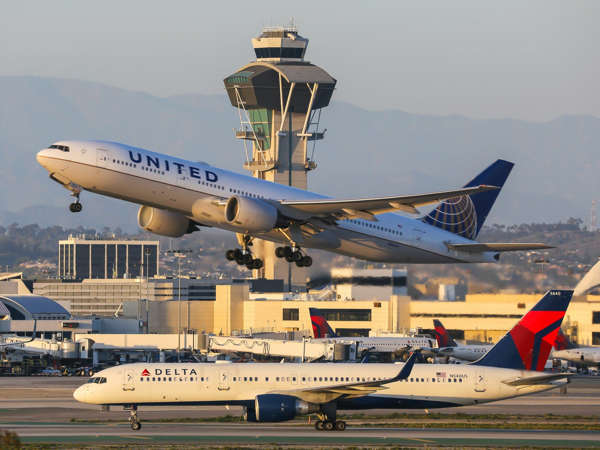

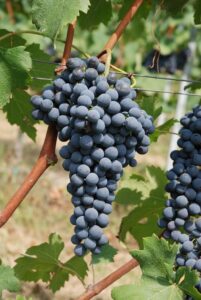
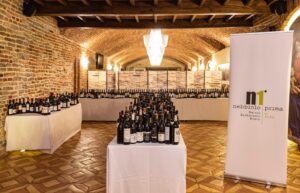
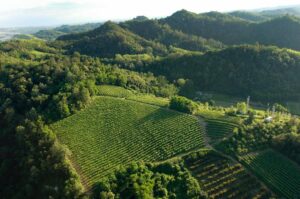
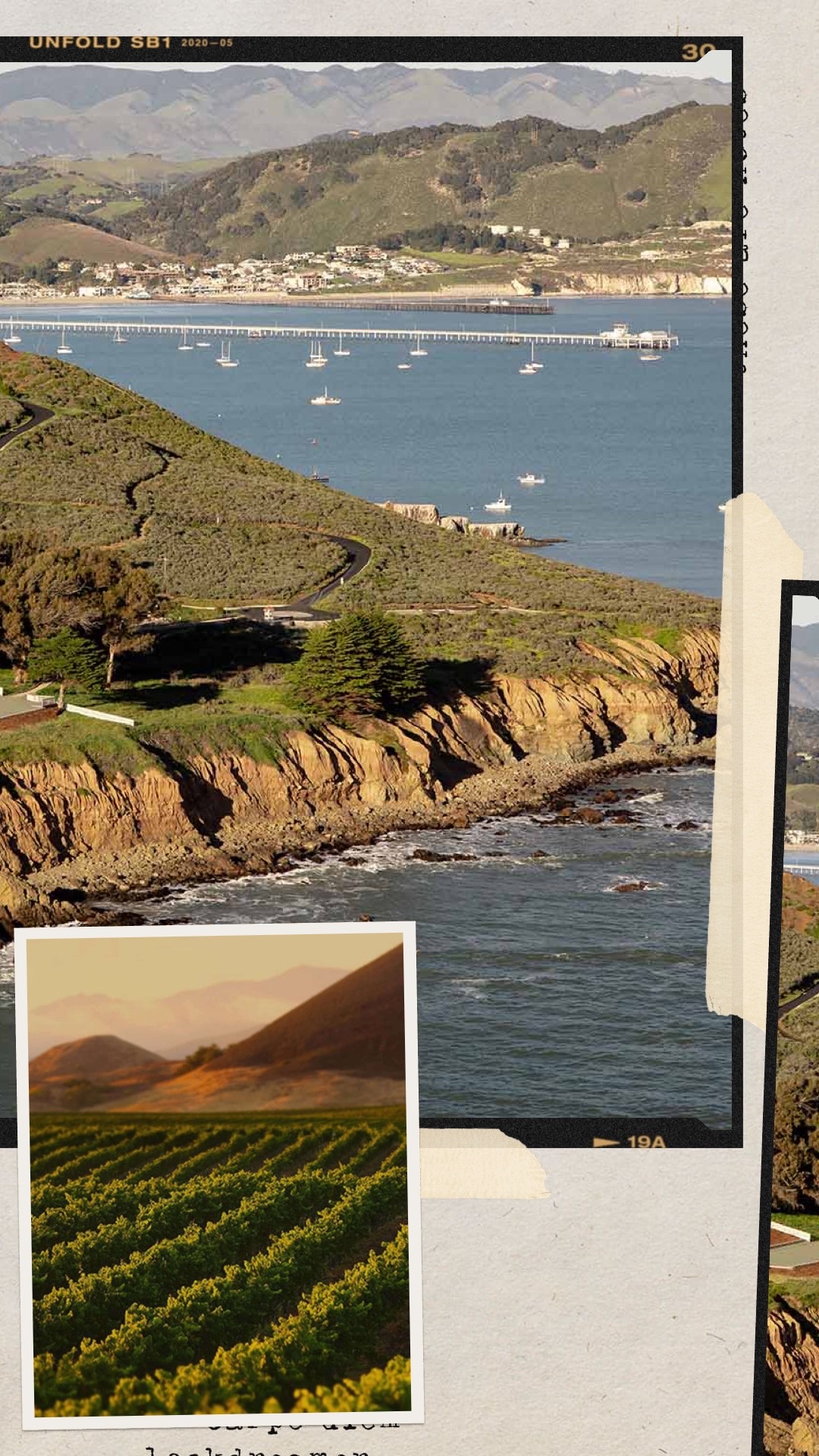
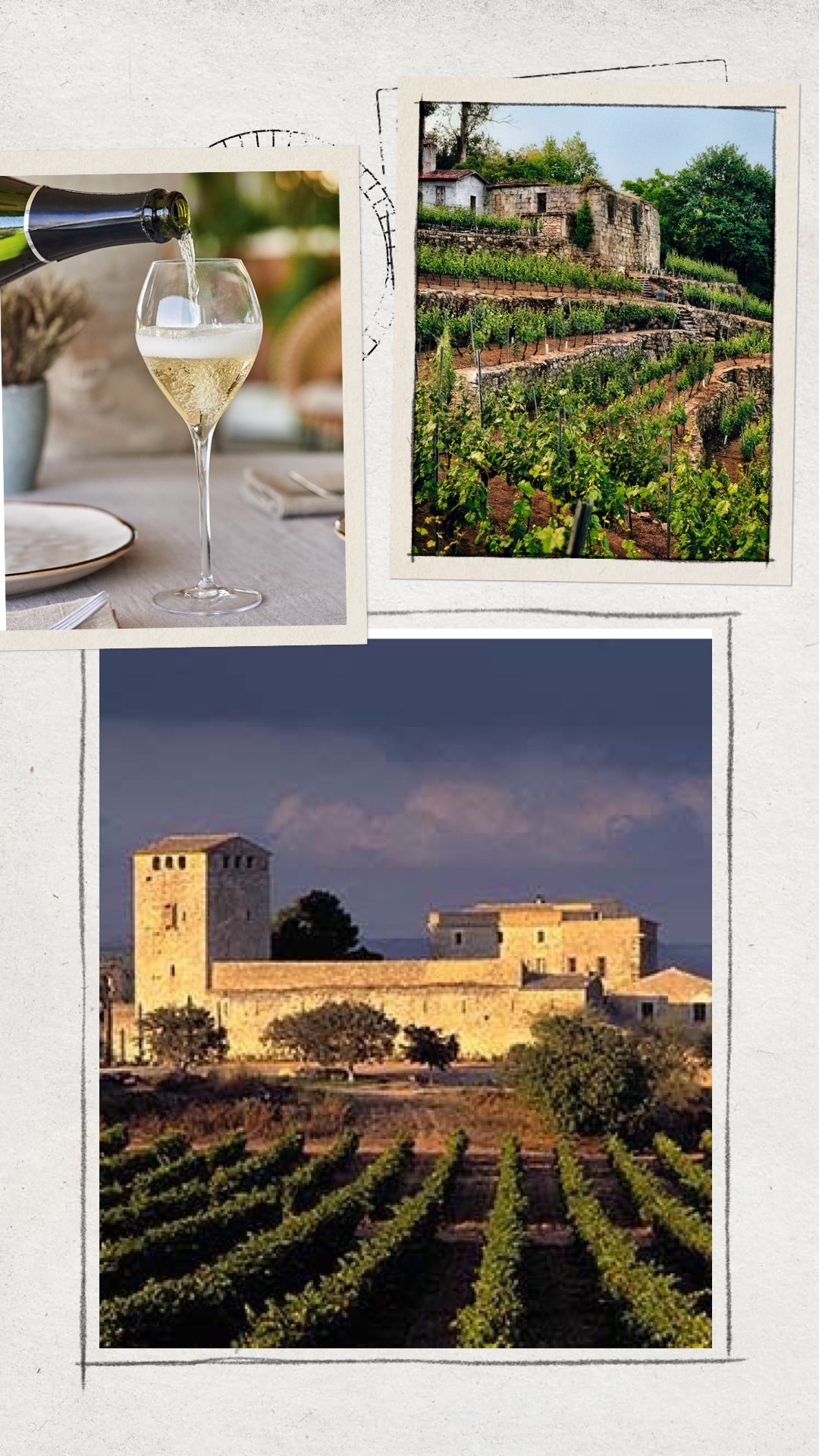
![Wines of Portugal Annual Tasting [London] March 29th, 2022](https://www.liz-palmer.com/wp-content/uploads/2022/03/1ad1ae81-98b9-da3f-9d04-d707df19e963-1200x667.jpg)